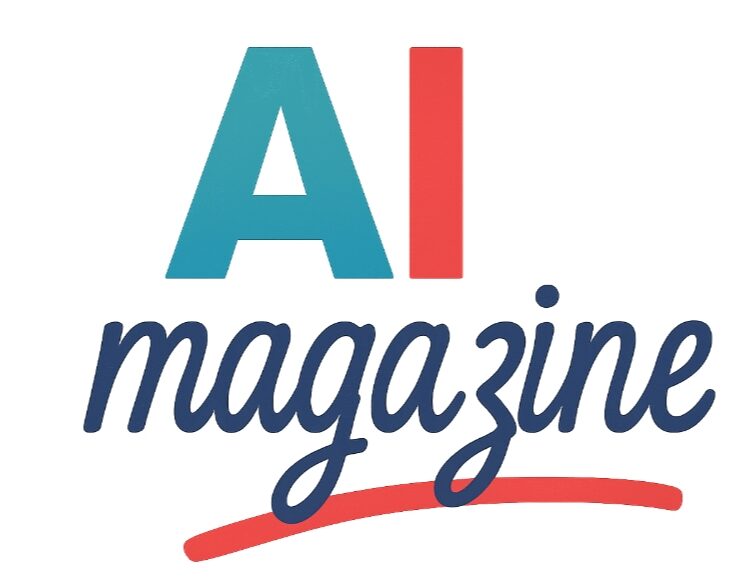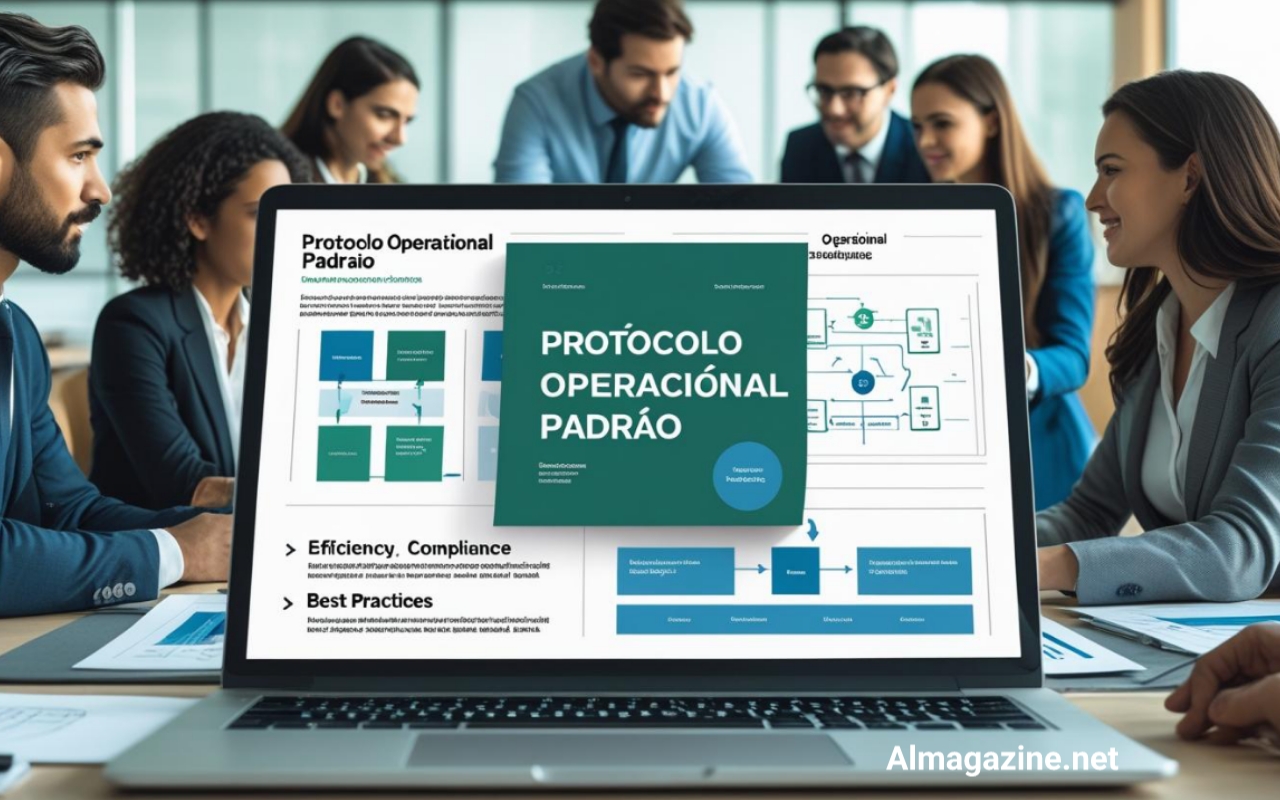Introduction
In today’s fast-paced and highly competitive business environment, organizations must adopt strategies to ensure that their operations are efficient, consistent, and compliant with regulations. One powerful tool for achieving these goals is the Protocolo Operacional Padrao (POP), also known as Standard Operating Procedures (SOPs). These protocols are crucial for businesses looking to optimize their operations, ensure quality, and enhance employee performance. By formalizing processes through a clear set of instructions, businesses can standardize tasks across departments, reduce errors, and streamline workflows, which ultimately leads to increased productivity and reduced operational risks.
A Protocolo Operacional Padrao is essentially a detailed guide that outlines the specific steps involved in completing a task or procedure. Whether you’re in manufacturing, healthcare, customer service, or any other sector, implementing POPs ensures that all employees follow the same processes, which helps maintain high standards and reduces the possibility of mistakes. This article will explore the importance of POPs in business operations, their key components, and the steps to create an effective protocol, as well as the benefits they provide for organizations looking to boost efficiency and ensure consistency.
What is Protocolo Operacional Padrao (POP)?
The Protocolo Operacional Padrao (POP) is a formalized, step-by-step document that outlines the exact procedures for completing a task in an organization. It acts as a comprehensive manual that employees refer to whenever performing a particular task, ensuring that every action is completed uniformly. The primary goal of a POP is to standardize operations and reduce variability in how tasks are carried out across different teams or departments.
A POP is not limited to a particular industry but can be used in any type of business, from small startups to large corporations. Whether it’s a manufacturing company defining assembly line processes, a restaurant establishing food safety protocols, or a hospital creating patient care procedures, a POP is crucial for ensuring that the organization’s goals are met consistently and efficiently.
The document serves several purposes within an organization. First, it provides clarity by offering detailed, straightforward instructions on how tasks should be performed. Second, it ensures compliance with industry standards, such as safety regulations, quality standards, or legal requirements. Finally, it acts as a resource for employee training, providing new hires with a roadmap to understand the expectations and procedures involved in their roles.
The Importance of POP in Business Operations
Implementing a Protocolo Operacional Padrao brings numerous benefits to businesses, especially when it comes to maintaining operational efficiency, compliance, and consistency. Let’s take a closer look at the importance of POPs for business operations:
1. Consistency and Quality Control
Consistency is one of the most critical aspects of any business operation. Whether it’s the quality of a product or the level of customer service, customers expect consistency across all touchpoints. A well-documented POP ensures that the same steps are followed by every employee involved in a process, leading to predictable and reliable results. For example, in a manufacturing company, a POP for assembling a product ensures that each unit produced meets the same standards, preventing quality control issues and minimizing product defects. By adhering to standardized procedures, businesses are better positioned to provide consistent outcomes that customers can rely on.
2. Efficiency and Productivity
The implementation of a Protocolo Operacional Padrao often leads to a significant increase in efficiency and productivity. With clear guidelines and instructions in place, employees do not waste time trying to figure out how to complete tasks. POPs help streamline processes, eliminate unnecessary steps, and reduce downtime. When employees are familiar with the procedures and can follow them easily, tasks are completed faster, leading to improved overall productivity. This is especially important in industries with tight deadlines, such as manufacturing or logistics, where every second counts.
3. Compliance with Regulations
In many industries, adherence to regulatory standards is not optional; it is a legal requirement. Whether it’s food safety regulations, healthcare compliance standards, or environmental laws, businesses need to ensure that their operations meet all necessary legal and regulatory requirements. A Protocolo Operacional Padrao provides clear instructions on how to carry out tasks in compliance with these regulations, reducing the risk of non-compliance. In industries like healthcare and pharmaceuticals, for instance, POPs play a pivotal role in ensuring that patient care procedures, medication administration, and data privacy practices meet legal requirements.
4. Employee Training and Onboarding
Training new employees can be a time-consuming and challenging process, especially in complex organizations with many different departments. A Protocolo Operacional Padrao simplifies the onboarding process by providing new hires with a comprehensive guide to their roles and responsibilities. Instead of relying on verbal instructions or trial-and-error learning, employees can refer to the POP to understand the best practices and expectations for their work. As new employees become familiar with the processes outlined in the POP, they can start contributing more quickly and with greater confidence, which reduces the time and resources required for training.
Key Components of a POP
Creating an effective Protocolo Operacional Padrao requires attention to detail and clarity. A well-constructed POP should contain the following key components:
1. Title
The title of the POP should be concise and descriptive, indicating the task or procedure it covers. For instance, “Procedure for Handling Customer Complaints” or “Standard Operating Procedure for Quality Control in Manufacturing.” The title serves as an easy reference for employees and ensures that the document can be quickly identified.
2. Purpose
The purpose section explains why the procedure exists and how it aligns with the organization’s goals. For example, a POP for customer service procedures might state that its purpose is to ensure that all customer complaints are addressed promptly and professionally, contributing to improved customer satisfaction.
3. Scope
The scope defines the boundaries of the POP, specifying the departments, teams, or processes it applies to. It also clarifies the situations in which the POP should be used. For example, a POP for inventory management may apply only to warehouse staff and not to the sales team.
4. Responsibilities
This section outlines who is responsible for each step of the process. It ensures that everyone involved understands their role and what is expected of them. For example, a POP for safety procedures may specify that safety officers are responsible for monitoring compliance, while floor managers are responsible for ensuring that employees follow the protocol.
5. Materials and Equipment
Any tools, materials, or equipment required to complete the task should be listed here. This ensures that employees know what resources are needed and can prepare in advance. For instance, in a laboratory setting, a POP might specify the exact instruments required for a particular experiment.
6. Procedure Steps
The core of the POP is the step-by-step instructions on how to perform the task. These should be written clearly and in logical order. It’s crucial that the steps are easy to follow and avoid ambiguity. Detailed instructions make the procedure more accessible, reducing the likelihood of errors.
7. Safety and Compliance Information
For tasks that involve risks, such as working with hazardous materials or machinery, it is important to include safety instructions and compliance information. This section ensures that employees are aware of the risks and know how to mitigate them, keeping everyone safe and reducing the potential for accidents.
8. Documentation and Records
This section explains how to record and store relevant information related to the procedure. Proper documentation is essential for tracking performance, auditing, and maintaining transparency. For example, a POP for employee performance reviews might include instructions on how to record feedback and evaluations in the company’s HR system.
Steps to Create an Effective POP
Creating an effective Protocolo Operacional Padrao involves several key steps to ensure its clarity and relevance. Here’s a comprehensive approach:
1. Identify the Process
The first step is identifying which processes need to be standardized. These are typically tasks that are performed frequently, are essential to the business’s operations, or involve safety or regulatory concerns. Start by assessing the current processes and determining where inconsistencies or inefficiencies occur.
2. Gather Information
Once the process is identified, gather information from those who are directly involved in carrying out the tasks. Consult with employees, department heads, and other stakeholders to understand how the task is currently being performed. Their insights will help ensure that the POP reflects the reality of the work environment and incorporates best practices.
3. Write the Procedure
Draft the procedure by breaking the task down into clear, sequential steps. Use simple and precise language to make the instructions easy to follow. Avoid jargon or technical terms that may confuse employees. The procedure should also include any necessary materials or equipment, along with detailed instructions on how to use them.
4. Review and Revise
Before finalizing the POP, have it reviewed by key stakeholders to ensure its accuracy and clarity. Gather feedback from employees who will be using the POP to ensure that it is practical and comprehensive. Make any necessary revisions based on their input to improve the document.
5. Implement the Procedure
Distribute the final POP to all relevant employees and ensure that they are familiar with it. Provide training if necessary to ensure that employees understand how to follow the procedure correctly. It’s also helpful to create a system for tracking compliance and addressing any issues that arise during implementation.
6. Monitor and Update
A POP should be a living document that is reviewed and updated regularly. As processes evolve, it’s important to update the POP to reflect changes in technology, regulations, or company policies. Regular monitoring will also help identify areas where the procedure could be improved to further streamline operations or enhance safety.
Common Challenges in Implementing POP
While the benefits of Protocolo Operacional Padrao are clear, businesses may face challenges when it comes to implementation. Some common challenges include:
1. Resistance to Change
Employees may be reluctant to adopt new procedures, especially if they are used to performing tasks in a certain way. Resistance to change can be mitigated by involving employees in the development of the POP and providing adequate training and support.
2. Lack of Resources
Creating a comprehensive POP can be time-consuming and resource-intensive. Smaller businesses, in particular, may struggle with allocating the time and personnel needed to develop and implement POPs. In such cases, businesses can prioritize the most critical processes first and gradually expand their efforts.
3. Inadequate Training
Even with a well-crafted POP, employees may not fully understand the procedures unless they receive proper training. Training should be thorough, ongoing, and designed to ensure that employees are comfortable following the new procedures.
4. Poor Documentation
If the POP is poorly documented or lacks clarity, employees may struggle to follow the instructions correctly. Clear, concise documentation is essential for ensuring that the POP is effective and easy to use.
Read More: Almagazine.net
Conclusion and Call to Action
In conclusion, implementing a Protocolo Operacional Padrao is essential for any business that seeks to streamline its operations, ensure compliance, and maintain high-quality standards. By providing detailed, clear guidelines for employees, businesses can improve consistency, productivity, and safety, which ultimately leads to better performance and customer satisfaction.
Call to Action: To maximize the benefits of POPs, start by evaluating your current processes and identifying areas that could benefit from standardization. Develop clear, actionable POPs for these processes, and ensure that all employees are properly trained to follow them. Regularly review and update your procedures to keep your business operating efficiently and effectively.

